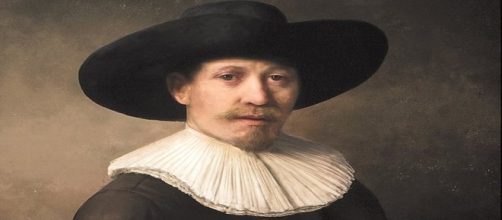Technology can take credit for a lot of wondrous things like iPods, Smartphones, and ATM machines, but when it comes to making art, it needs to mind its own business.
Have you heard about the "New Rembrandt" unveiled in Amsterdam last week -- a 3D-printed simulation of the painter's work based on 346 of his portraits? Bas Korsten, creative director of the Walter Thompson ad agency in Amsterdam used Microsoft and the Delft University of Technology to produce what may reasonably be called a neat trick.
Denying the obvious
Korsten was careful to tell the press that he wasn't trying to be the Dutch Master: "We are creating something new from his work.
Only Rembrandt could create a Rembrandt."
But not even that can’t be called accurate. Paintings attributed to him are dwindling. One hundred years ago, some 700 paintings were attributed. Now, just 50 are believed his. As if recognizing the attribution muddle, the Metropolitan Museum of Art mounted a show in 1995 titled “Rembrandt/Not Rembrandt.”
All of which means that adman Korsten spent 18 months generating an Old Master based on work that may not be the painter's. Had Korsten done some art history homework instead of playing with computers, he would have known about the blurry line between real and fake portraits.
Telling real from fake
Not that Korsten is the only one to ignore history in favor of technology.
In 2012 a team of researchers at Oxford University used a brain scan study to test neural reaction to the artist's 50 portraits both real and fake. The results? Either way, no difference in reaction was detected. Why? Reproductions rather than the real thing were used. Korsten's project also used reproductions.
Consider this description of the artist's actual work by art biographer in his day, Arnold Houbraken: “His pictures, when examined from close by, seemed as though they had been daubed with a bricklayer’s trowel. He once painted a portrait in which the colors were so heavily applied that you could lift it from the floor by the nose.”
The signature doesn’t prove authenticity
The painter was known to sign works by his students and sell them as his.
At least one document, dated 1635, shows that he sold four works by Ferdinand Bol and Leendert van Beyeren under his signature.Dutch art historian Wolfgang Stechow confirmed in 1975 that research on the Dutch Master was in crisis and when he signed works that weren’t his, he left us in a bind.
As it relates to this 3D-printed replica, software didn't make a Dutch Master work. Hubris did.

